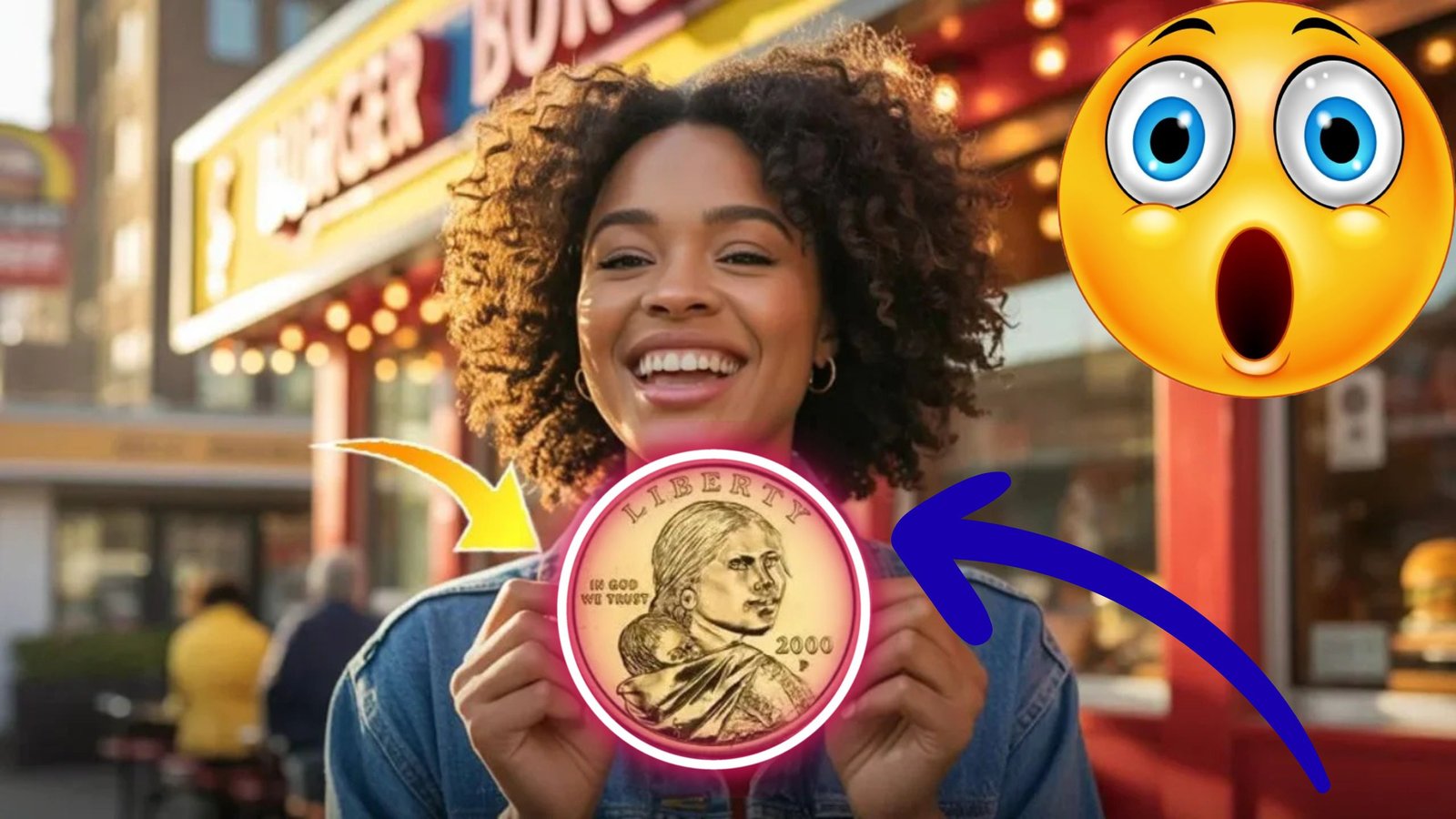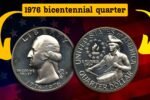Sacagawea Dollar :What began as an everyday transaction at a rural gas station quickly turned into one of the most exciting coin discoveries in modern history. A rare Sacagawea dollar coin—usually worth only $1—was identified as a minting error and later sold for $1.2 million. Here’s how it happened, what made it so valuable, and what you should know in case you find one yourself.
A Surprising Discovery in an Ordinary Place
In early 2025, a cashier at a small gas station in Pennsylvania received what looked like a regular Sacagawea dollar coin. The golden-toned coin didn’t raise suspicion at first, but something about it felt slightly off. Instead of dismissing it, the cashier decided to take a closer look and later showed it to a relative familiar with coins.
What Is the Sacagawea Dollar?
The Sacagawea dollar was first minted in 2000 by the U.S. Mint. It features Sacagawea, the Shoshone woman who helped guide the Lewis and Clark expedition, holding her baby. These coins are made from a golden-colored manganese-brass alloy and were intended to replace the unpopular Susan B. Anthony dollar. While Sacagawea dollars are still in circulation, most are only worth their face value—except for a few extraordinary exceptions.
Why This Coin Was Worth $1.2 Million
The gas station coin turned out to be an extremely rare “mule” coin—a mistake during minting when the front (obverse) of one coin is paired with the back (reverse) of another. In this case, the Sacagawea obverse was mistakenly paired with the Washington quarter reverse. This combination should never have existed, and only a few known examples of this error have ever surfaced. Because of its rarity and the high interest from collectors, the coin was authenticated and later auctioned for $1.2 million.
How Was the Coin Authenticated?
After the discovery, the coin was sent to a professional grading service, which confirmed it was genuine. The coin was graded based on its rarity, condition, and type of error. Authentication by a respected grading company like PCGS or NGC is key in valuing rare coins. Without verification, it’s hard to prove authenticity—especially for high-value errors.
Could There Be More Mule Coins in Circulation?
Yes. Experts believe there may be other mule errors still out there, possibly unnoticed by the public. These mistakes happen when old dies or mismatched dies are used at the Mint. Because so many coins are produced, some errors go undetected—ending up in pockets, cash registers, and piggy banks. That’s why this story has inspired a new wave of casual and serious coin checking.
Frequently Asked Questions ($1.2 Million Sacagawea Dollar Found at a Gas Station)
Q1: What is a mule coin?
A: A mule coin is a minting error where the front and back dies used to create the coin are from two different coin types. They’re extremely rare and valuable.
Q2: How many Sacagawea mule coins exist?
A: Fewer than 20 examples have been confirmed, making them one of the rarest modern coin errors in U.S. history.
Q3: How can I tell if I have a mule coin?
A: Look for mismatched designs—if the front and back don’t match the standard coin types. Also, compare the coin to online photos of known errors. If in doubt, send it to a professional grader.
Q4: What should I do if I think I found one?
A: Don’t spend it! Contact a coin dealer, grading service, or numismatic expert. You could be sitting on a coin worth hundreds of thousands—or even millions—of dollars.
Q5: Are all Sacagawea dollars valuable?
A: No. Most Sacagawea dollars are worth only $1. Only rare varieties—like the mule error or certain limited edition strikes—are worth significantly more.




